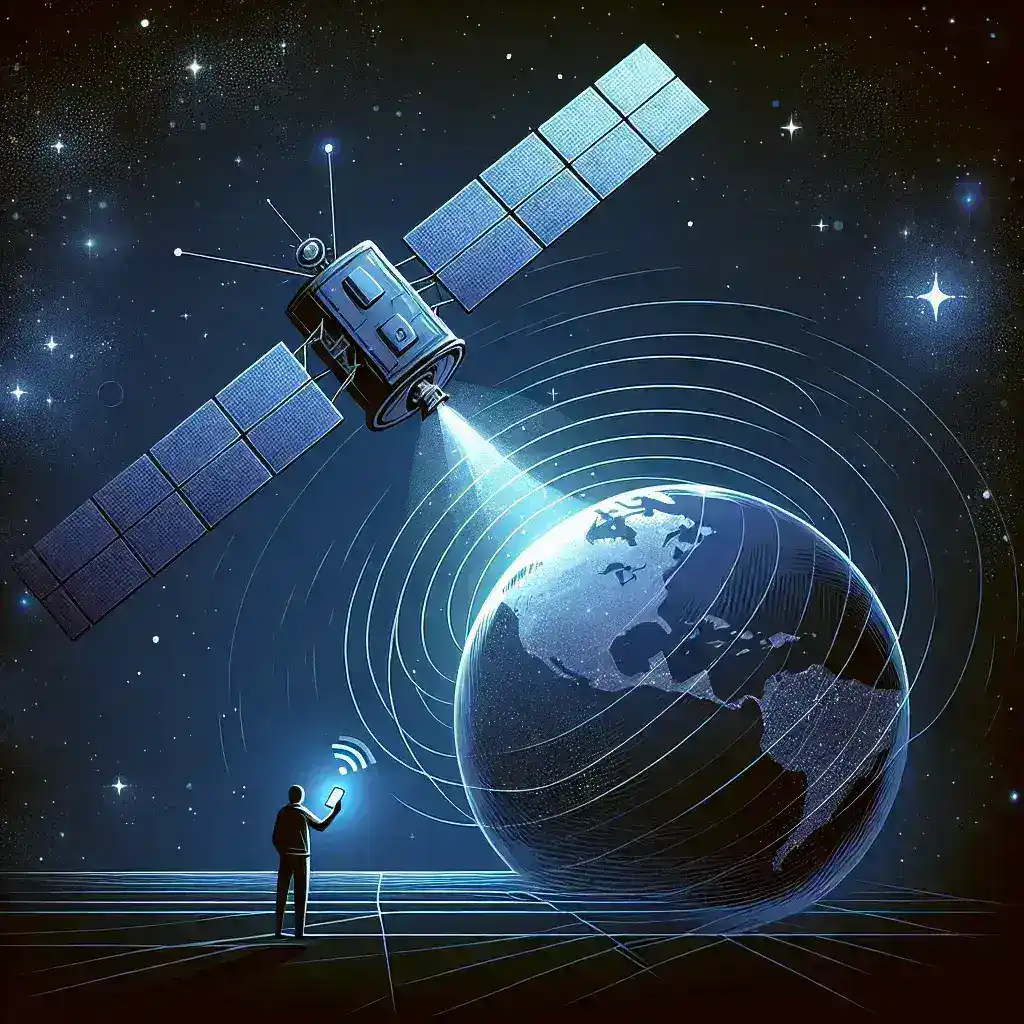Introduction
In a world increasingly reliant on seamless communication, Verizon has made a significant stride forward by announcing its new pilots for satellite-to-phone connectivity. This innovative advancement aims to ensure that users can stay connected, regardless of their geographical location, effectively bridging the gap between urban and remote settings. In this article, we will explore the historical context of satellite communications, the details of Verizon’s initiative, its potential impact, and what the future may hold for mobile connectivity.
The Historical Context of Satellite Communications
Satellite communications have transformed the way we communicate since the launch of the first communication satellite, Telstar, in 1962. This technology has evolved rapidly, enabling various services such as television broadcasting, internet access, and global positioning systems (GPS). The introduction of satellite communication paved the way for groundbreaking innovations in mobile connectivity, allowing for voice calls and data transmission across vast distances.
Advancements in Satellite Technology
Over the decades, advancements in satellite technology have made communications more reliable, efficient, and accessible. The emergence of Low Earth Orbit (LEO) satellites has particularly revolutionized connectivity, reducing latency and enhancing data speeds. Companies like SpaceX with their Starlink project have demonstrated the potential of LEO satellites to deliver internet service to underserved regions, showcasing the importance of global connectivity.
Verizon’s New Satellite-to-Phone Connectivity Pilots
Verizon’s announcement regarding new pilots for satellite-to-phone connectivity marks a significant milestone in the telecommunications industry. By leveraging satellite technology, Verizon aims to extend its network coverage to areas that have previously been challenging to reach with traditional cellular infrastructure.
Key Features of the New Pilot Program
- Seamless Communication: The pilot program allows users to send and receive text messages, make voice calls, and access essential data services, even in remote areas where cellular signals are weak or unavailable.
- Partnerships with Satellite Providers: Verizon has partnered with leading satellite providers to enable this service, ensuring that users have access to reliable connectivity no matter where they are.
- Enhanced Coverage for Emergency Services: This initiative is particularly beneficial for emergency services, allowing them to maintain communication during disasters or in areas with no cellular coverage.
Impact on Users and the Industry
The introduction of satellite-to-phone connectivity has the potential to reshape how users interact with technology and communicate with one another. This innovation is expected to have several profound impacts:
Bridging the Digital Divide
One of the most significant advantages of Verizon’s new initiative is its potential to bridge the digital divide. With millions of people lacking reliable internet access, this service can provide connectivity to remote and rural areas, empowering individuals and communities with access to information, education, and economic opportunities.
Enhancing Connectivity in Emergencies
In crisis situations, traditional network infrastructure may become compromised, making communication challenging or impossible. Verizon’s satellite-to-phone connectivity can ensure that emergency responders maintain communication, thus enhancing response times and saving lives.
Increased Competition in the Telecommunications Market
As more companies explore satellite connectivity solutions, Verizon’s initiative may spark increased competition in the telecommunications market. This competition could lead to the development of more innovative technologies and solutions that benefit consumers.
Future Predictions and Considerations
As Verizon rolls out its satellite-to-phone connectivity pilots, several future predictions and considerations emerge.
Potential for Global Expansion
Should the pilot program prove successful, it may pave the way for Verizon to expand its services internationally. This could lead to global partnerships and collaborations aimed at enhancing connectivity worldwide.
Technological Challenges
While the prospect of satellite-to-phone connectivity is promising, several technological challenges remain. These include managing satellite constellations, ensuring consistent service quality, and addressing latency issues.
Regulatory Considerations
As with any new technology, regulatory considerations will play a critical role in the deployment of satellite services. Verizon will need to navigate various regulatory landscapes to ensure compliance and facilitate smooth operations.
Conclusion
Verizon’s announcement of new satellite-to-phone connectivity pilots is a groundbreaking development in the telecommunications industry. By harnessing the power of satellite technology, Verizon aims to enhance connectivity for users worldwide, bridging the digital divide and empowering individuals in remote regions. As this initiative unfolds, it will be fascinating to observe its impact on communication, emergency services, and the overall landscape of mobile connectivity.
Call to Action
Stay informed about this exciting development in the telecommunications sector and its potential to revolutionize how we connect. For more updates on Verizon’s initiatives and advancements in technology, be sure to follow our coverage.


Leave a Reply